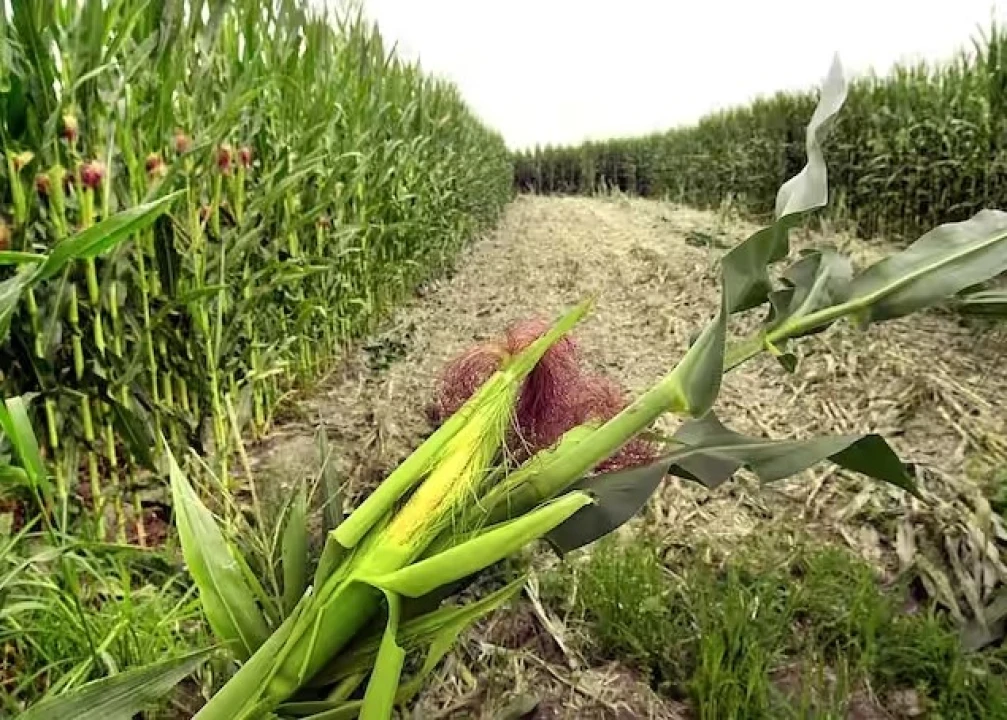Drought is changing Italian agriculture. Goodbye rice in the North, but vines, olive trees and soybeans are coming. Climate change is alarming, which is why vines, olive cultivation and oil production are increasingly moving north, to areas unthinkable a few years ago, such as in Piedmont. The same fate befalls vines, which, because of high temperatures and lack of water, are being grown in the Alps and in the Susa Valley.
In contrast, peanut is grown in the provinces of Ferrara and Padua. While tomato pachino, which requires salt water, could be produced on the coast of Liguria and in areas where salt water from the sea increasingly enters dry rivers. Instead of rice, several companies have begun growing soybeans and wheat.
In Sicily, on the other hand, banana trees and exotic fruits such as mangoes and avocados have been grown instead of lemons and oranges for a few years now. These are some examples of the climate impact on our crops. In Emilia-Romagna we are struggling to produce typical products such as fruit and vegetables, corn, wheat, cereals, grapes. Last year there was 30-40% less production.
Because of climate change, for the first time in nearly 20 years, the world will produce less than three million tons of olive oil, the International Olive Council estimates. The eight major producing countries in the EU, including Italy (ranked second) will produce 1.50 million tons of olive oil, well below last year's 2.27 million tons and the 2.17 million tons average of the last half decade.
Subscribe to our Newsletter
By subscribing, you'll get the latest blog post and news by email.
SUBSCRIBE


